- About us
- Support the Gallery
- Venue hire
- Publications
- Research library
- Organisation chart
- Employment
- Contact us
- Make a booking
- Onsite programs
- Online programs
- School visit information
- Learning resources
- Little Darlings
- Professional learning

As a convict Thomas Bock was required to sketch executed murders for science; as a free man, fashionable society portraits.
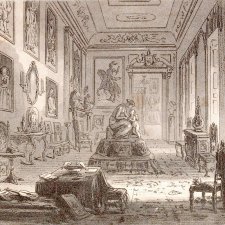
It may seem an odd thing to do at one’s leisure on a beautiful tropical island, but I spent much of my midwinter break a few weeks ago re-reading Bleak House.
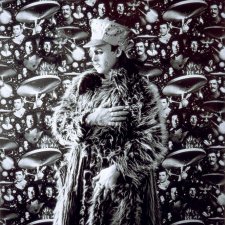
Dr Sarah Engledow writes about the larger-than-life Australian performance artist, Leigh Bowery.

Australia's former Cultural Attache to the USA, Ron Ramsey, describes the mood at the opening week of the revitalised American National Portrait Gallery.

Christopher Chapman ponders our digital identity and selfhood.
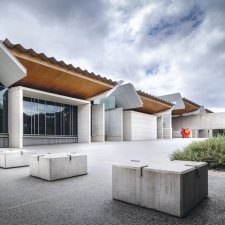
How the National Portrait Gallery and its unique collection came to be

Michael Desmond, National Photographic Portrait Prize judge and curator, introduces the 2007 Prize.

Michael Desmond profiles a handful of the entrants in first National Photographic Portrait Prize and notes emerging themes and categories.
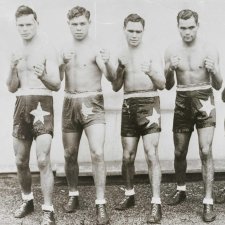
Joanna Gilmour explores photographic depictions of Aboriginal sportsmen including Lionel Rose, Dave Sands, Jerry Jerome and Douglas Nicholls.
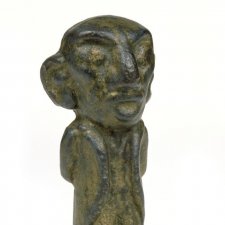
A toast to the acquisition of an unconventional new portrait of former Prime Minister, Stanley Melbourne Bruce.
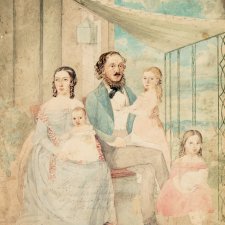
The art of Australia’s colonial women painters affords us an invaluable, alternative perspective on the nascent nation-building project.
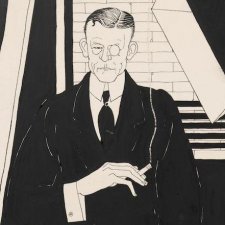
Charles Haddon Chambers the Australian-born playboy playwright settled permanently in London in 1880 but never lost his Australian stance when satirising the English.
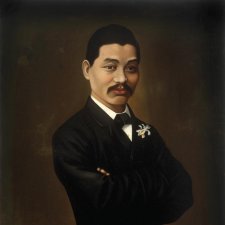
Joanna Gilmour explores the life of Chinese-Australian businessman and philanthropist Quong Tart.
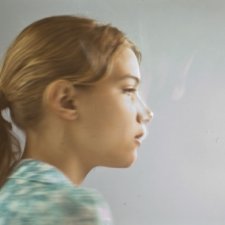
Michael Desmond introduces some of the ideas behind the exhibition Present Tense: An imagined grammar of portraiture in the digital age.
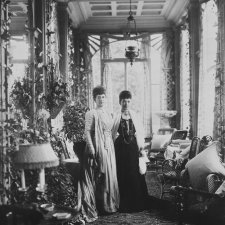
In 1904, the Dowager Empress Marie Feodorovna of Russia purchased as a gift for her sister, Queen Alexandra, a fan composed of two-color gold, guilloché enamel, mother-of-pearl, blond tortoiseshell, gold sequins, silk, cabochon rubies, and rose diamonds from the House of Fabergé in Saint Petersburg.
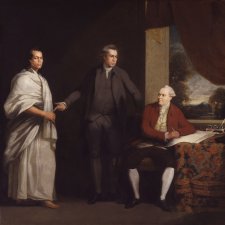
Representations of the inhabitants of the new world expose the complexities of the colonisers' intentions.